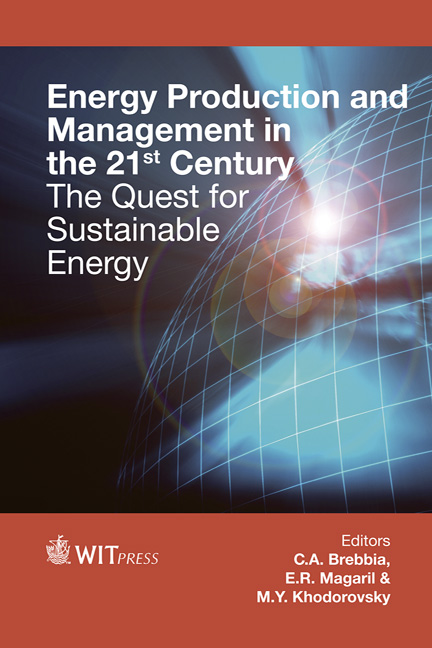Investigation Of The Electrical Strength Of Acontact Gap Of The High Voltage Live Tank Circuitbreaker 126 KV Class Using An Intelligentcontrolled Switching System
Price
Free (open access)
Transaction
Volume
190
Pages
11
Page Range
345 - 355
Published
2014
Size
1,268 kb
Paper DOI
10.2495/EQ140341
Copyright
WIT Press
Author(s)
D. Chernoskutov, D. Chechushkov & P. Tukanov
Abstract
Investigation of the electrical strength of a contact gap of the high voltage live tank circuit breaker 126 kV class using an intelligent controlled switching system D. Chernoskutov, D. Chechushkov & P. Tukanov Department of High Voltage Engineering, Ural Federal University named after the first President of Russia B.N. Yeltsin, Russia Abstract Uncontrolled switching of reactive elements of power networks may create electrical transients which cause equipment damage and system disturbances. The high frequency, high current transients, associated with uncontrolled energisation of capacitors can inductively couple voltage transients into control equipment and protective relays via the switchyard cabling. These transients may cause misoperation or failure of the control equipment. Controlling the point in the electrical cycle at which switching takes place is a possible method for minimising these negative effects. Controlled switching requires knowledge of electrical strength of contact gap. This paper is associated with investigating the electrical strength of a contact gap of a high voltage SF6 circuit breaker 126 kV voltage class with sulfur hexafluoride gas – SF6 for development of the smartdesigned controlled switching system via investigation of the rate of decrease of dielectric strength. In this paper, a new approach to solve the problem of controlled switching is proposed. Keywords: SF6 gas-insulated circuit breaker, electric arc, zero current, burning arc, shunt reactor, capacitor bank, rate of decrease of dielectric strength.
Keywords
SF6 gas-insulated circuit breaker, electric arc, zero current, burningarc, shunt reactor, capacitor bank, rate of decrease of dielectric strength.





